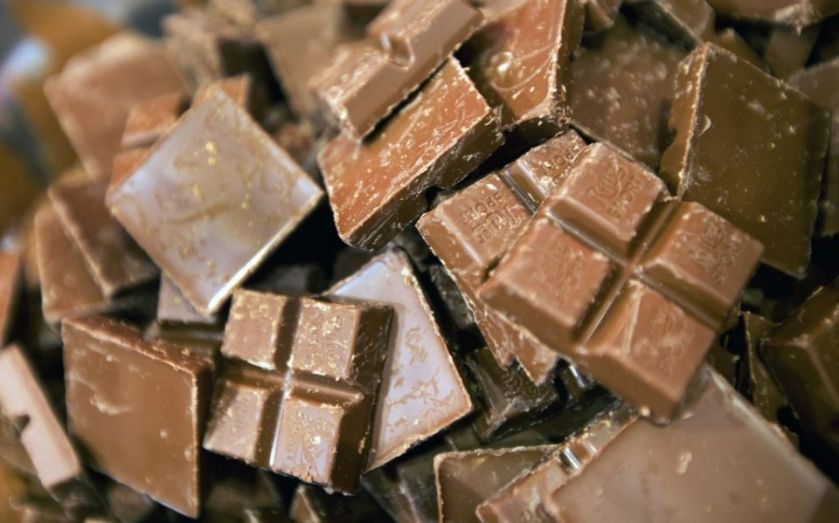The four horsemen of the chocolate apocalypse: Here’s why there’s a chocolate shortage

Say it ain't so. Leading confectioners have warned the world could be about to run out of chocolate.
In its annual results published earlier this month, Barry Callebaut, the world's largest chocolate manufacturer, said it had sold 1.72m tonnes of the brown stuff in the year to the end of August, an 11.8 per cent rise on the same time last year. Not only that, but cocoa prices have risen by a quarter, from £1,600 per tonne to £2,000 per tonne. And prices are expected to rise 2.1 per cent next year.
But this isn't a new thing. In fact, "chocolate deficits", where there's more demand than supply, has become an industry norm. Deficits are expected to persist "through 2018", according to Bloomberg – which will make this the longest stretch of deficits since 1960.
So what's going on?
1. The Chinese have developed a sweet tooth
Figures by Euromonitor published last year showed worldwide chocolate sales were expected to rise by more than six per cent this year. Leading that growth was China, where sales of chocolate have more than doubled over the past 10 years. In fact, sales rose 50 per cent between 2006 and 2010 – and the market is expected to become China's fastest-growing confectionary sector until "at least 2016", says Quartz.
2. Ebola
The Ebola epidemic continues to rage in West Africa. Ghana and the Ivory Coast account for about 55 per cent of global cocoa supply, according to IBISWorld chocolate analyst Amal Ahmad. But although there haven't been any cases of the disease in either of those countries, growers there tend to rely on workforces from Liberia and Sierra Leone, the two regions where the disease is at its most potent. Because of that, travel restrictions are in place, meaning access to their usual workforce is limited.
3. Climate change
Even by their usual standards, Ivory Coast and Ghana have experienced unusually dry weather this year, which means this year's harvest was made up of smaller, lower-quality cocoa beans which take more processing to get the same amount of chocolate.
The good news is, during November, the rain has been almost twice as heavy as usual, meaning the crop is better than usual.
4. Pestilence (literally)
It sounds rather sweet (particularly in the run-up to Christmas), but Frosty Pod is no joke. According to the International Cocoa Organisation, the disease has wiped out between 30-40 per cent of global cocoa production. The fungus is abundant in Latin America, and is also found in parts of Africa. Similarly, Witches' Broom, which is most prevalent in Brazil, has caused local production in the Bahia region to fall almost 70 per cent over the past decade.